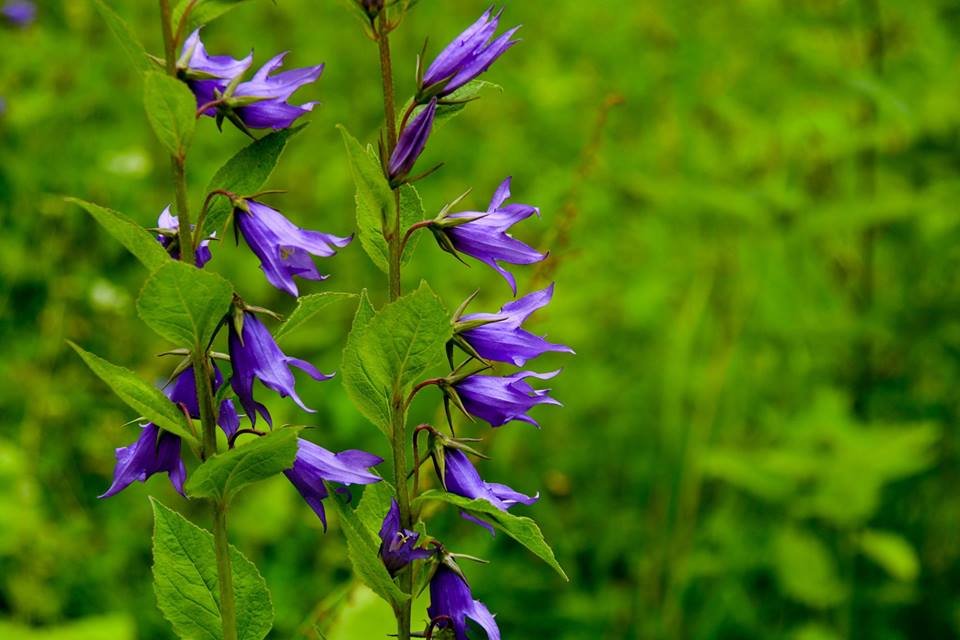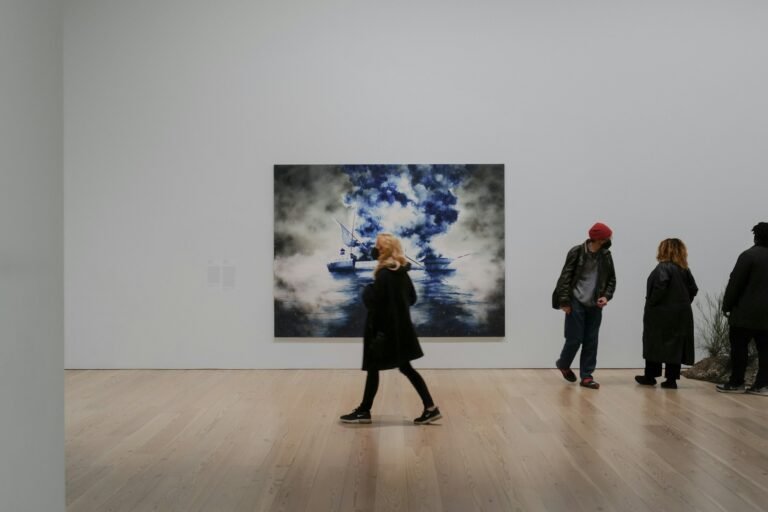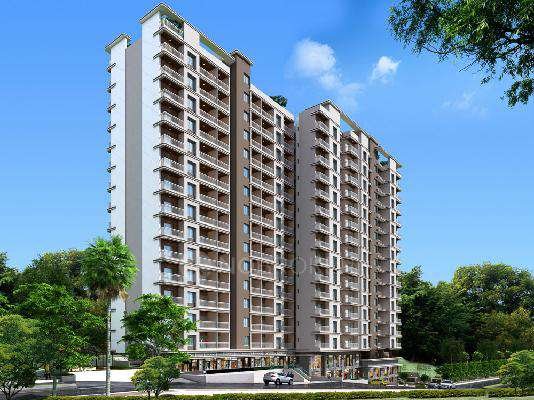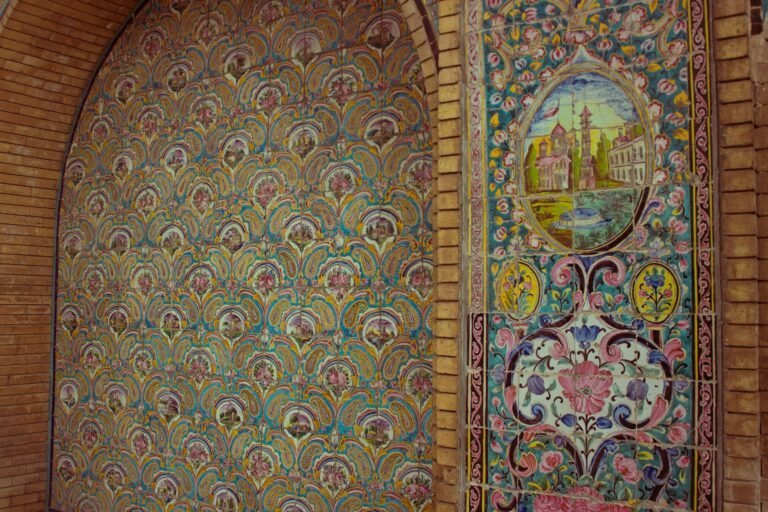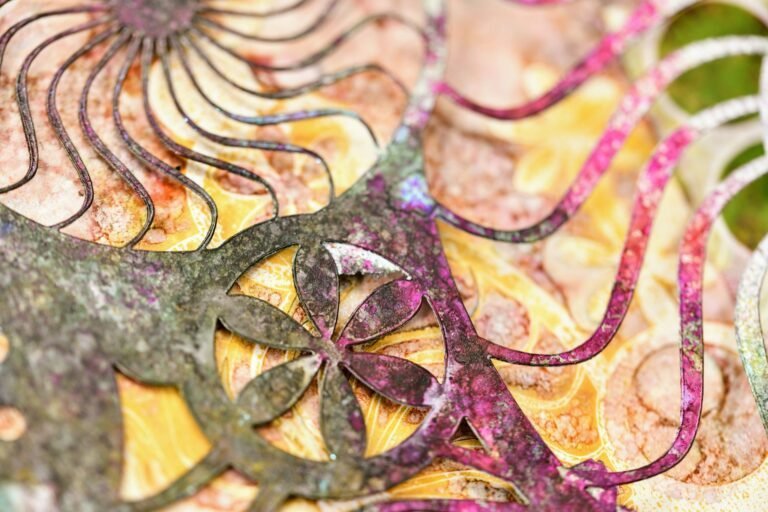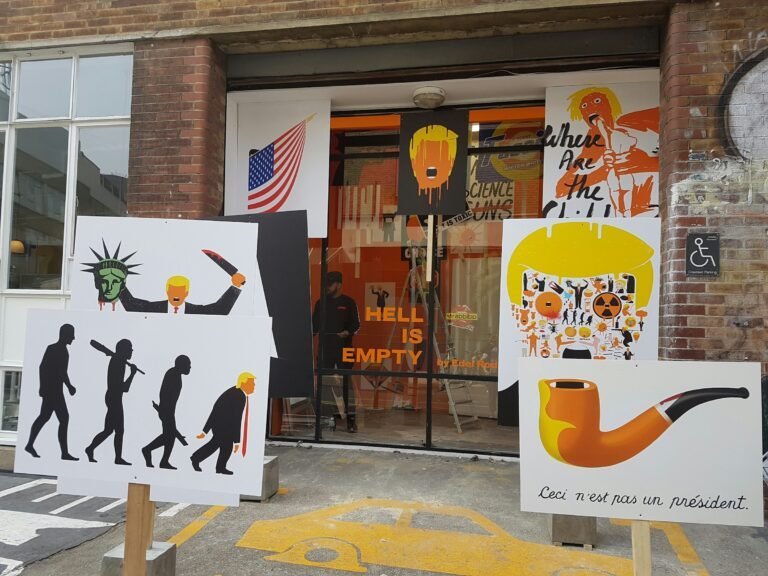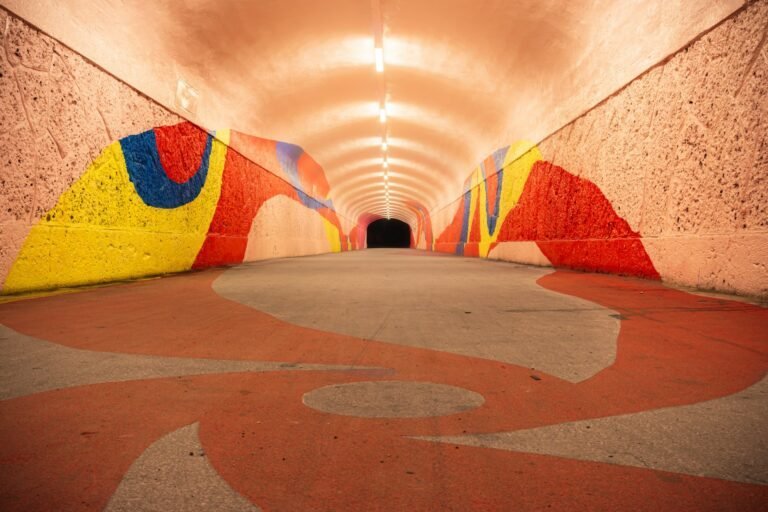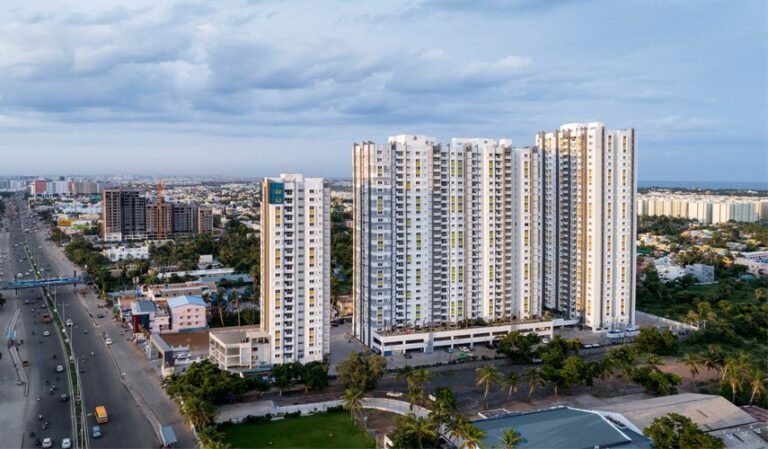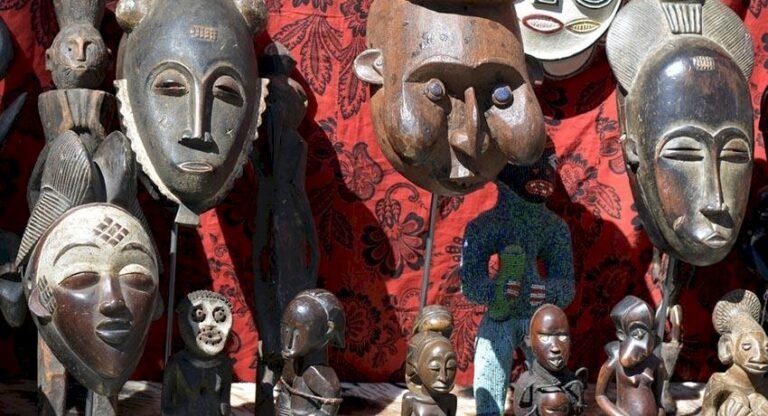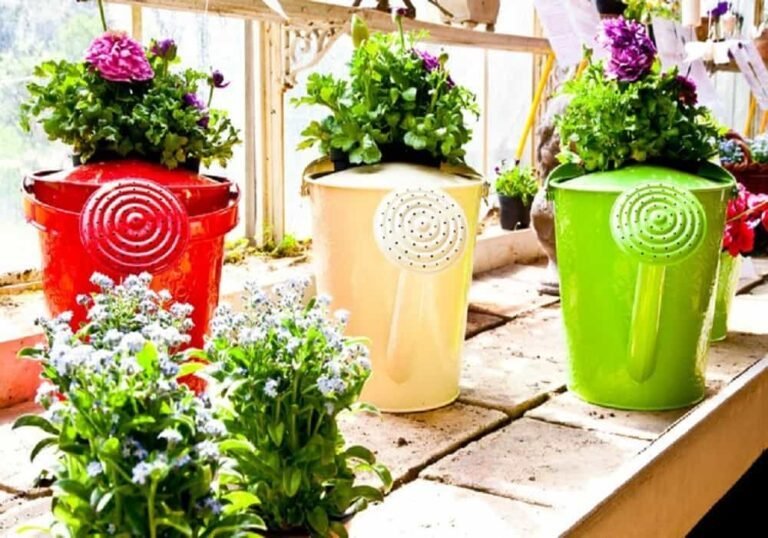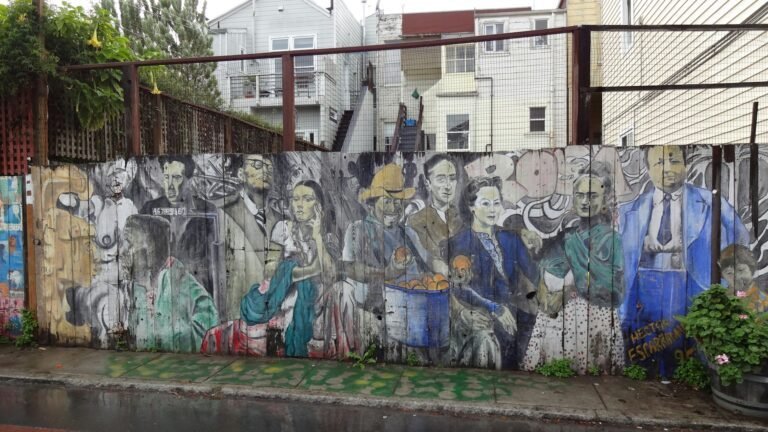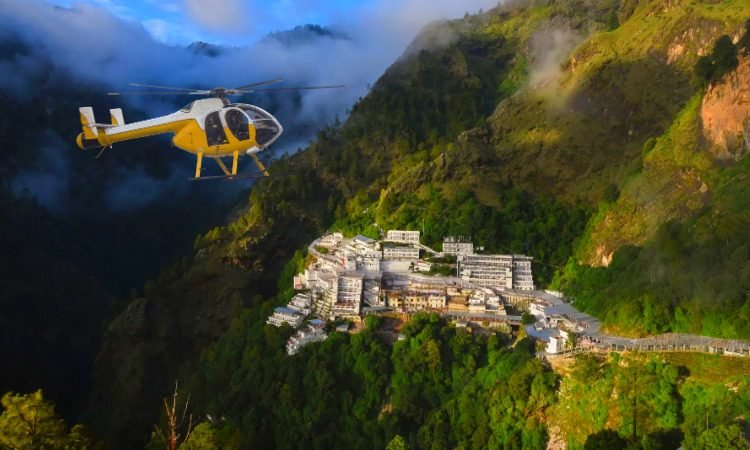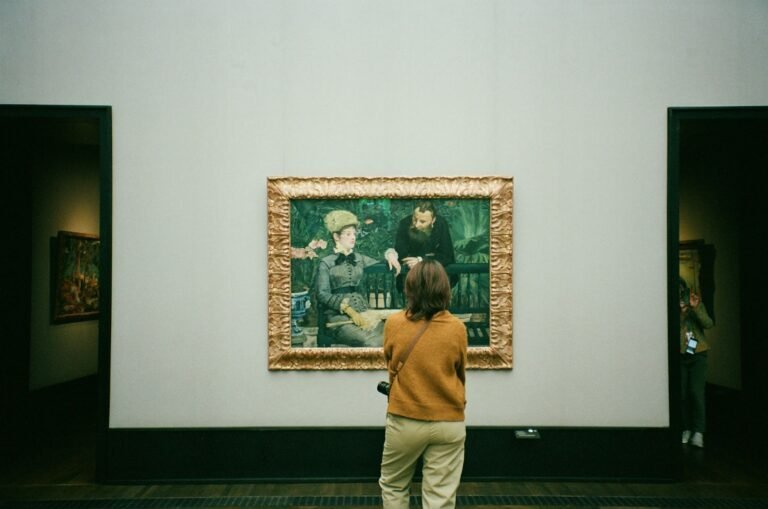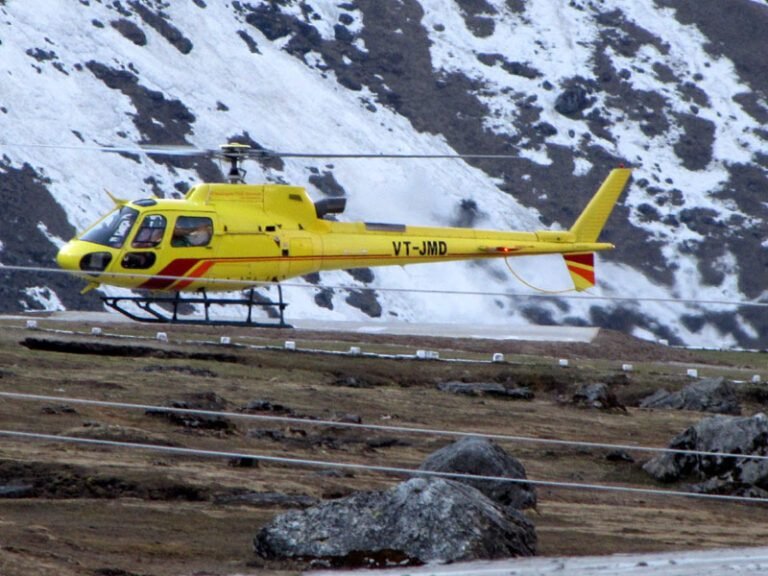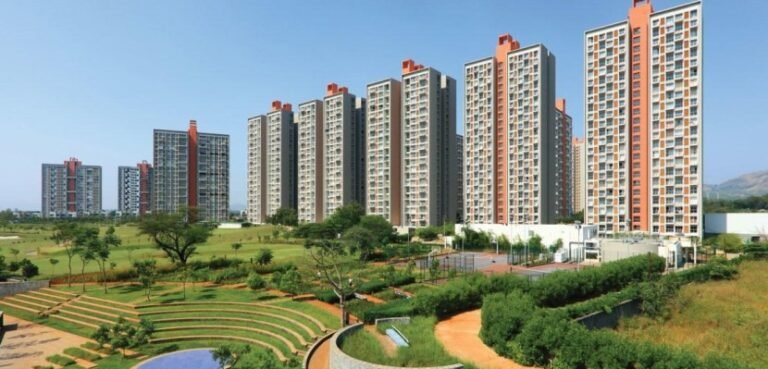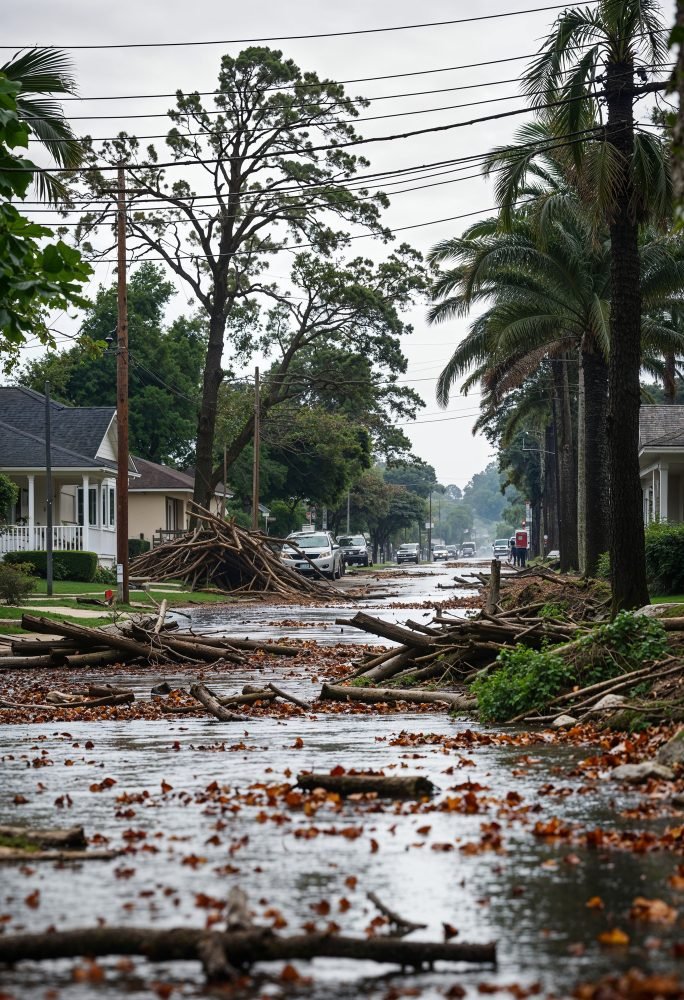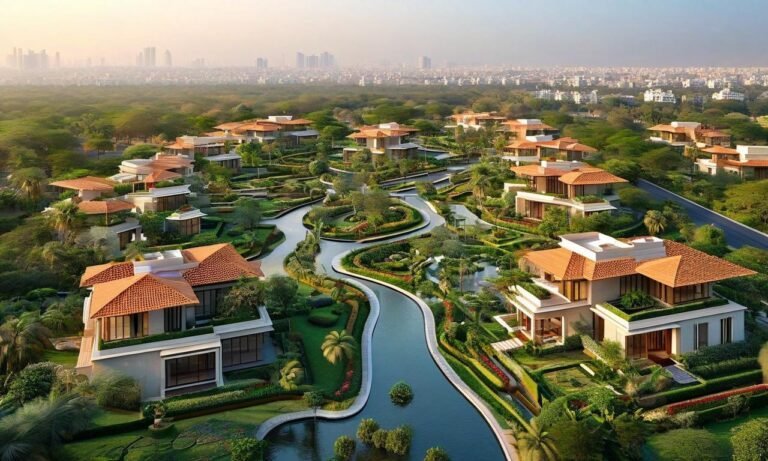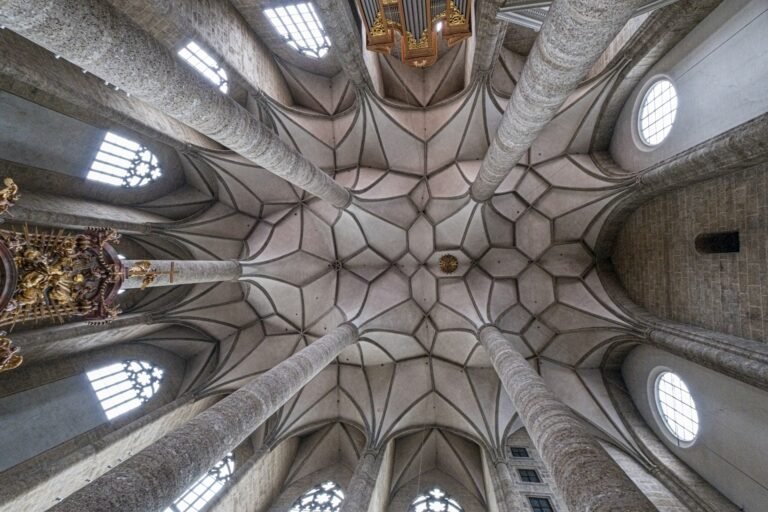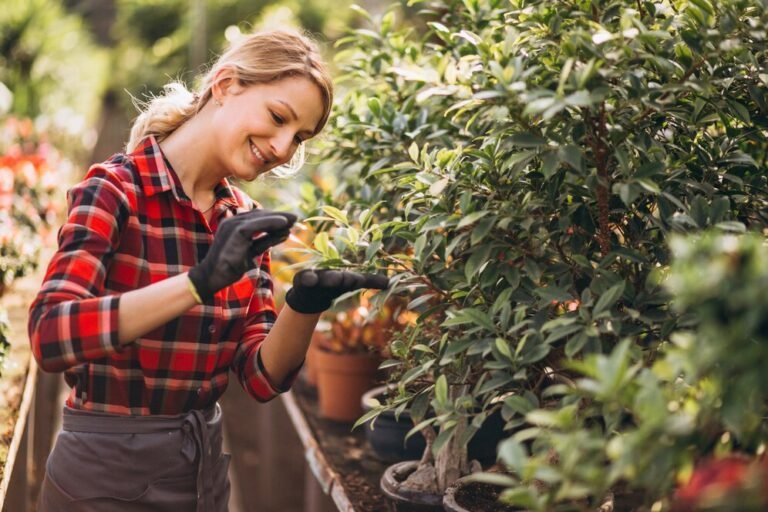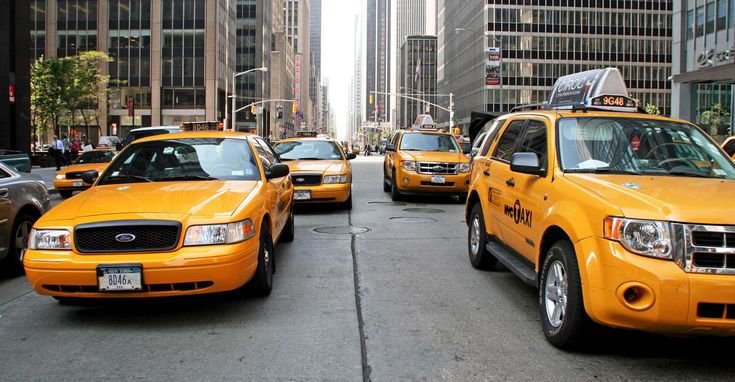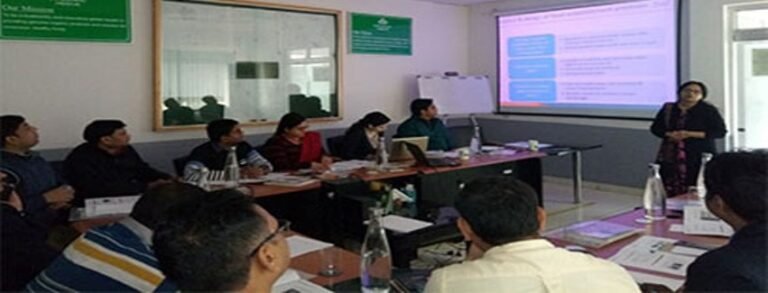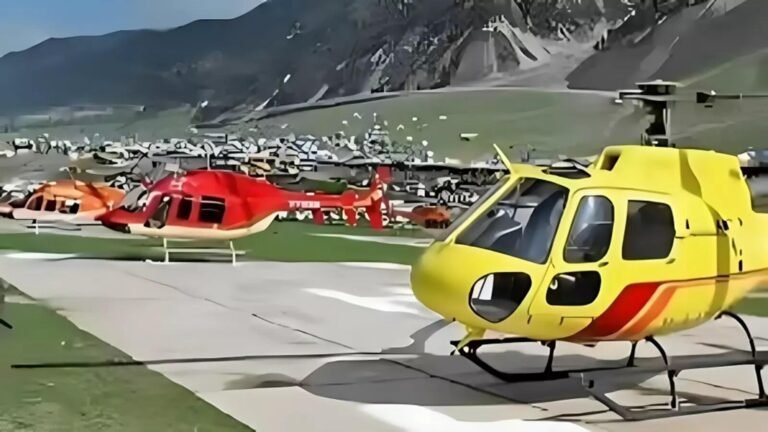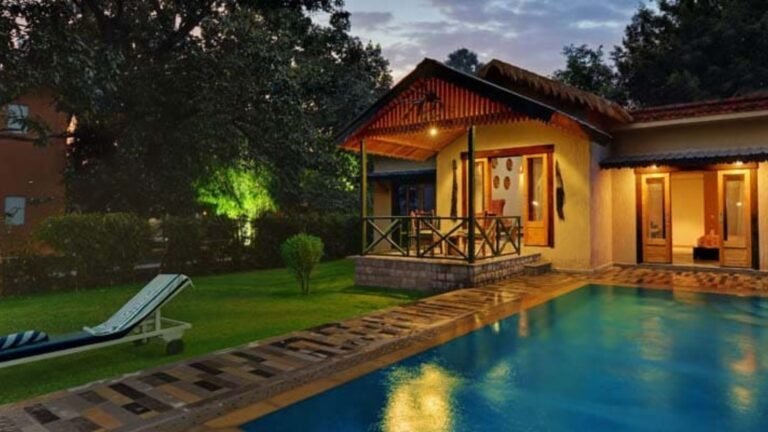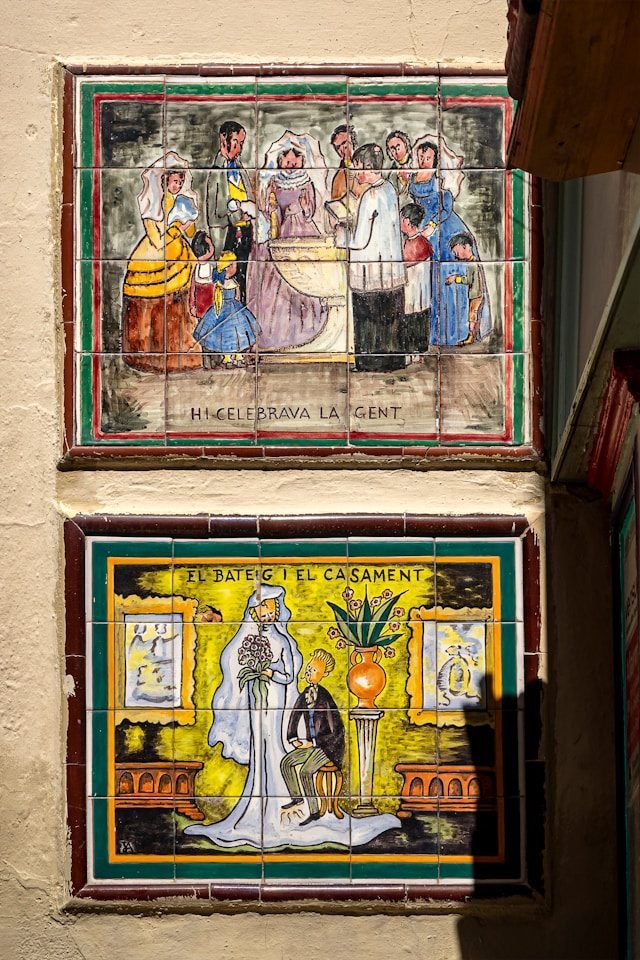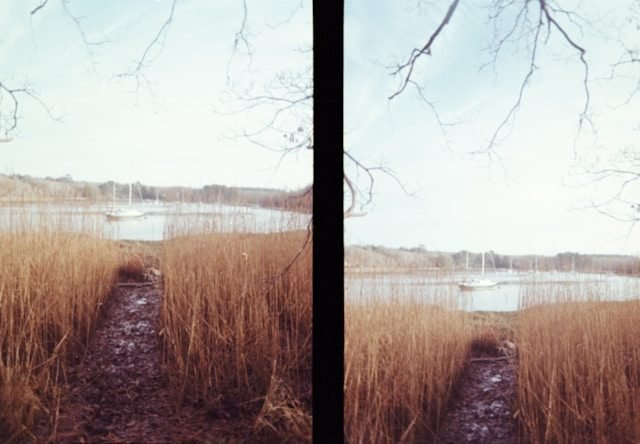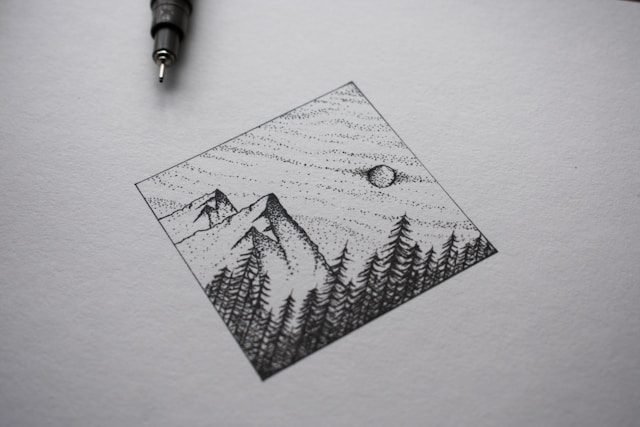High in the mystical folds of Uttarakhand’s Garhwal Himalayas lies a place so divine, even the gods are said to have walked its meadows. Welcome to the Valley of Flowers, where nature blooms with an untamed grace and legends breathe through the misty breeze.
Once lost in the pages of ancient lore, this valley—now a UNESCO World Heritage Site—reveals a vibrant palette of over 500 rare Himalayan flower species, snow-draped peaks, cascading waterfalls, and a soul-stirring silence that makes you forget the noise of the world.
Why Valley of Flowers is So Special?
Valley of Flowers isn’t just a trek. It’s an emotional journey through mythology, biodiversity, and spiritual tranquility. Legend has it that this was the place where Hanuman searched for the mythical Sanjeevani Booti to save Lakshman during the war of Ramayana. Locals still believe the valley holds healing powers—and when you breathe in the crisp air filled with the fragrance of Brahma Kamal and Blue Poppies, you might just believe it too. Whether you’re a seasoned trekker or a first-time explorer, Valley of Flowers greets you with carpets of colors, clouds drifting lazily across peaks, and a kind of peace you won’t find on Google Maps.
Valley of Flowers Trek Itinerary (As per Himalayan Hikers)
Planning a trek is not just about walking; it’s about knowing when to rest, where to sleep, and how to prepare for every single day in the Himalayas. Here’s a day-by-day itinerary of the Valley of Flowers Trek 2025 by Himalayan Hikers — thoughtfully crafted to give you the best of nature, safety, and spiritual depth.
Day 1: Rishikesh to Joshimath (Drive: 255 km)
Your journey begins from Rishikesh, the land of yoga and rivers. A scenic 8–10 hour drive takes you along the banks of the Ganga, Alaknanda, and Mandakini rivers. En route, witness holy towns like Devprayag, Rudraprayag, and Karnaprayag before reaching Joshimath, a peaceful Himalayan town and your night halt.
- Altitude: 6152 ft
- Stay: Hotel/Guesthouse
- Tip: Carry motion-sickness tablets if you’re not used to mountain roads.
Day 2: Joshimath to Govindghat (22 km Drive) → Pulna → Ghangaria (10 km Trek)
After a short drive to Govindghat and a quick permit check, you take a local vehicle to Pulna, the trek’s actual starting point. From there, begin your 10 km uphill trek through charming bridges, waterfalls, and lush pine forests till you reach Ghangaria—your base camp for the next few nights.
- Altitude: 10,003 ft
- Trek Distance: 10 km
- Stay: Guesthouse
- Tip: Keep your raincoat handy—monsoon can surprise you.
Day 3: Trek to Valley of Flowers and Return to Ghangaria (Total 12 km)
This is the day your dreams are fulfilled. Have breakfast and begin your 6 km hike into the fabled Valley of Flowers National Park. As you walk in, you feel as if you have entered another world—where every step is poetry.Take your time, breathe in the colors, listen to the silence, and return to Ghangaria by evening.
- Altitude of Valley: ~12,000 ft
- Trek Time: 6–7 hours
- Difficulty: Easy to Moderate
- Tip: Carry a light backpack, water, and your camera—you’ll want to freeze every moment.
Day 4: Hemkund Sahib and Back to Ghangaria (Total 12 km)
For those who want a spiritual add-on to the experience, today is the optional but holy trek to Hemkund Sahib—a holy Sikh pilgrimage destination located along a glacial lake, at an altitude of 14,107 ft. It’s a challenging hike, but the tranquility at the top is worth every step.
Tip: Wear warm clothing. Weather here can change in a flash. Back off if you are not altitude acclimatized.
Day 5: Ghangaria to Govindghat (10 km Trek) → Drive to Joshimath
Descend the same way to Pulna and proceed on to Joshimath. The downhill walk is less tiring, and you will be viewing scenery which perhaps on the way up you did not notice.
Tip: Stretch before and after the hike—your knees will thank you.
Day 6: Rishikesh to Joshimath (255 km Drive) Say goodbye to mountains on the return trip with not only pictures—but with stories, feelings, and an unshakable sense of connection with nature and to yourself.
Trek Highlights:
- Altitude: 14,400 ft approx
- Trek Distance: ~38 km (round trip)
- Difficulty: Easy to Moderate
- Best Time to Visit: Mid-July to August (peak bloom season)
- Starting Point: Govindghat
You begin the trek from Govindghat, a small town near Joshimath. The trail takes you through Ghangaria, a quaint base village, before the final stretch into the flower valley. The path, though scenic, can get slippery during monsoon—so sturdy shoes and rain gear are your best friends.
Flora, Fauna & Beyond
From Anemones, Primulas, Daisies, to Himalayan Blue Poppies, each flower here has its own short but intense life. It’s as if the valley bursts into color to make up for the nine months of silence under snow and while your eyes feast on the flora, don’t forget to glance at the sky—you might spot a Himalayan Monal, soaring high like a painted arrow, or even a snow leopard if luck is truly on your side.
Where to Stay & Eat?
You’ll find basic guesthouses and camps in Ghangaria with wholesome food—think parathas, rice-dal, and the occasional hot jalebi. Electricity is limited and mobile network is erratic, which honestly helps you detox from screens and reconnect with stars.
Plan Your Trek with Experts
If you’re planning a trip to Valley of Flowers in 2025 and looking for a guided experience, we highly recommend going with seasoned trek operators who know the terrain, permits, and safety protocols inside out.
Book the Valley of Flowers Trek with Himalayan Hikers – one of the most trusted names in Himalayan trekking. They offer everything from permits to local insights, making your trek smooth and memorable.
Quick Tips:
- Always carry rain protection.
- Don’t pluck flowers – it’s a protected site.
- Start trek early to avoid afternoon rains.
- Stay hydrated,altitude can sneak up on you.
- Respect local beliefs and nature’s silence.
Final Thoughts
Valley of Flowers is not just a destination—it’s a story whispered by winds, written in petals, and sealed by snow. Once you walk its trails, you don’t come back the same person. You come back softer, stronger, and deeply rooted in the awe of nature.
So this year, let the mountains call you. Let the Valley of Flowers change you.
